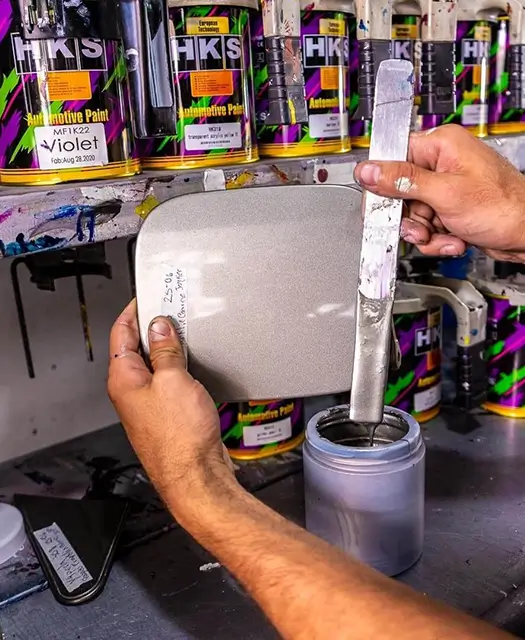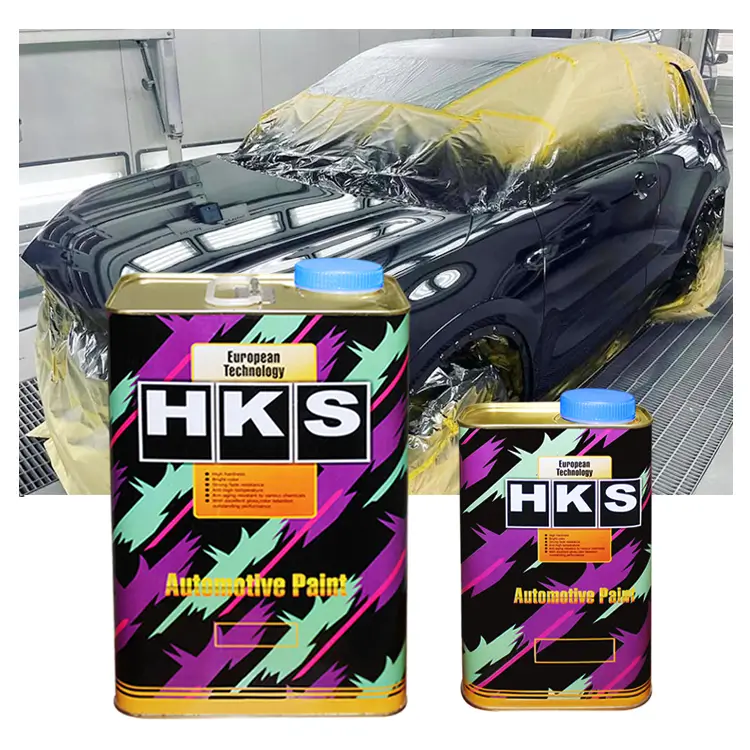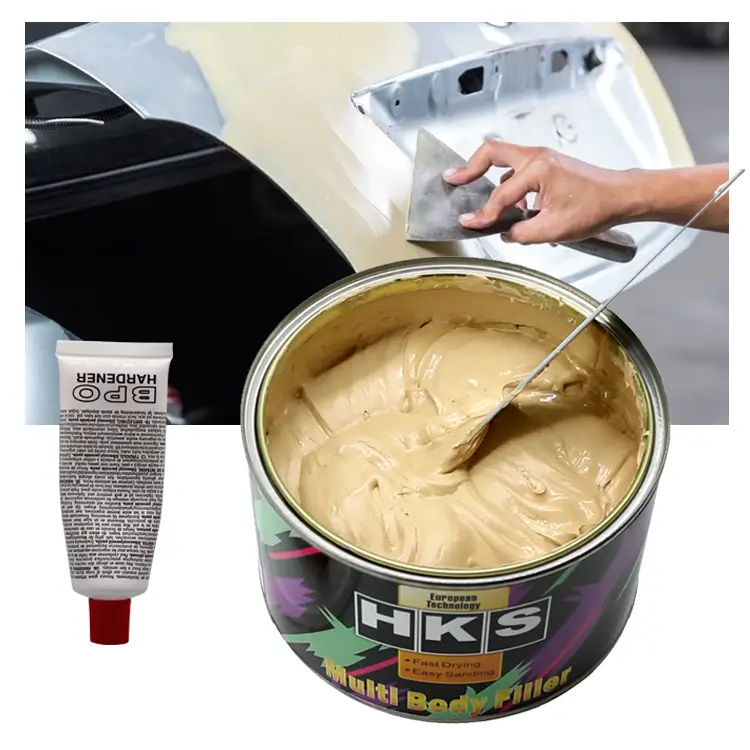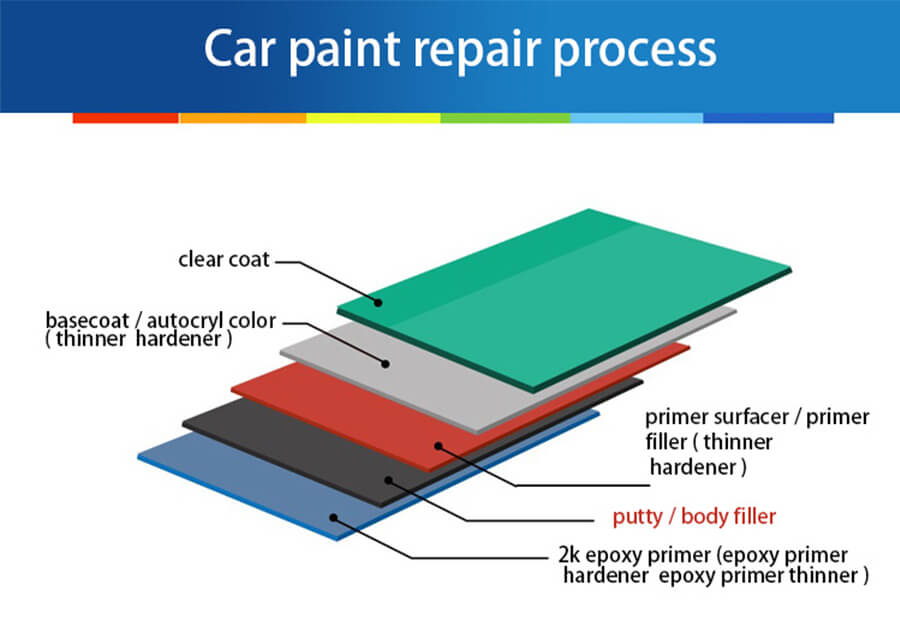How Thick is Automotive Paint?
When it comes to automotive finishes, one of the most frequently asked questions is, "How thick is automotive paint?" While this may seem like a straightforward question, the answer involves several factors, including the type of paint used, the application process, and the intended final appearance. Understanding the thickness of automotive paint is crucial for both car owners and professionals, as it directly affects the durability, appearance, and overall performance of the vehicle's finish.
Understanding the Layers of Automotive Paint
Automotive paint isn't just a single layer of color; it consists of multiple layers, each serving a specific purpose. These layers typically include the primer, basecoat (or color coat), and clear coat. Each layer has its own thickness, and the combined thickness contributes to the overall durability and aesthetic of the finish.
1. Primer Layer
- The primer is the foundation of the paint system. It provides adhesion between the metal surface of the car and the paint layers that follow. Primers also serve to smooth out imperfections and protect the metal from corrosion.
- Thickness: The thickness of the primer layer typically ranges from 20 to 50 microns, depending on the type of primer used and the specific application requirements.
2. Basecoat (Color Coat)
- The basecoat is where the color comes into play. This layer gives the vehicle its desired hue and is applied over the primer. The basecoat can be metallic, pearlescent, or solid, depending on the desired effect.
- Thickness: The basecoat usually measures between 10 to 20 microns in thickness. Metallic and pearlescent finishes may require multiple layers to achieve the desired effect, which can slightly increase the thickness.
3. Clear Coat
- The clear coat is the final layer applied to the vehicle. It provides a glossy finish and protects the basecoat from UV rays, chemicals, and environmental damage. The clear coat is essential for the longevity of the paint job.
- Thickness: The clear coat is typically the thickest layer, ranging from 30 to 50 microns. In some high-end finishes, it can even be thicker to provide additional protection and depth of gloss.
Factors Affecting Paint Thickness
The thickness of automotive paint can vary based on several factors, including the type of paint used, the application method, and the number of layers applied.
1. Type of Paint
- Different types of automotive paints, such as urethane, enamel, or lacquer, have varying thicknesses. Urethane paints, which are commonly used in modern automotive finishes, tend to be thicker and more durable than older enamel or lacquer paints.
2. Application Method
- The method of application can also influence paint thickness. For example, paint applied using a spray gun tends to have a more even thickness compared to paint applied with a brush or roller. Additionally, professionals may apply multiple thin coats to achieve the desired thickness, whereas DIY applications might result in a thicker, less uniform finish.
3. Number of Layers
- The number of layers applied during the painting process will directly affect the overall thickness. While a standard paint job includes a primer, basecoat, and clear coat, additional layers may be applied to achieve specific effects or to increase durability. Each additional layer adds to the total thickness of the paint.
Measuring Automotive Paint Thickness
Understanding the thickness of automotive paint is not just important for aesthetics but also for maintenance and repairs. Paint thickness can be measured using specialized tools such as paint thickness gauges, which provide precise measurements in microns or mils.
1. Paint Thickness Gauges
- Paint thickness gauges are the most common tool used to measure the thickness of automotive paint. These devices can measure the thickness of individual layers or the total thickness of all layers combined. Digital gauges are often preferred for their accuracy and ease of use.
2. Micron vs. Mils
- Paint thickness is often measured in microns (µm) or mils. One mil is equal to 25.4 microns. Most automotive paint jobs range from 100 to 200 microns in total thickness, or about 4 to 8 mils. The specific thickness can vary based on the factors mentioned earlier.
3. Importance of Accurate Measurement
- Accurate measurement of paint thickness is essential for quality control, especially in professional settings. It ensures that the paint job meets industry standards and provides the necessary protection for the vehicle. Overly thick or thin paint can lead to issues such as cracking, peeling, or inadequate protection.
The Role of Paint Thickness in Vehicle Maintenance and Repair
Paint thickness plays a crucial role in the maintenance and repair of vehicles. Understanding the thickness of the paint can help professionals determine the appropriate methods for polishing, buffing, and repainting.
1. Polishing and Buffing
- Polishing and buffing are common maintenance practices used to restore the shine of a vehicle's finish. However, these processes remove a small amount of the clear coat, so it's important to know the thickness of the paint before starting. If the clear coat is too thin, aggressive polishing can result in damage to the basecoat.
2. Repainting and Touch-Ups
- When it comes to repainting or touching up a vehicle, knowing the original paint thickness is crucial for achieving a seamless finish. The new layers should match the thickness of the existing paint to ensure uniformity and proper adhesion.
3. Detecting Previous Repairs
- Paint thickness gauges can also be used to detect previous repairs or repainting. Areas with significantly thicker or thinner paint than the surrounding panels may indicate that the vehicle has undergone bodywork or touch-ups.
Conclusion
In conclusion, the thickness of automotive paint is a critical aspect of a vehicle's finish that affects its durability, appearance, and maintenance requirements. By understanding the factors that influence paint thickness and how to measure it accurately, both car owners and professionals can ensure that their vehicles maintain their aesthetic appeal and protective qualities over time.
At SYBON, we understand the importance of precision and quality in automotive finishes. Our range of automotive paints is designed to meet the highest standards, providing exceptional coverage, durability, and a stunning finish. Whether you're a professional painter, an automotive enthusiast, or a shop owner, our products are crafted to deliver outstanding results.
If you are interested in testing our products, we welcome you to request a sample for evaluation. Additionally, if you are an importer, paint shop owner, or the owner of an automotive repair center and are interested in becoming a distributor, please contact us through our website. We will respond to your inquiry within 24 hours.
Source of this article:https://www.supersybon.com
Get to know us through more channels:





